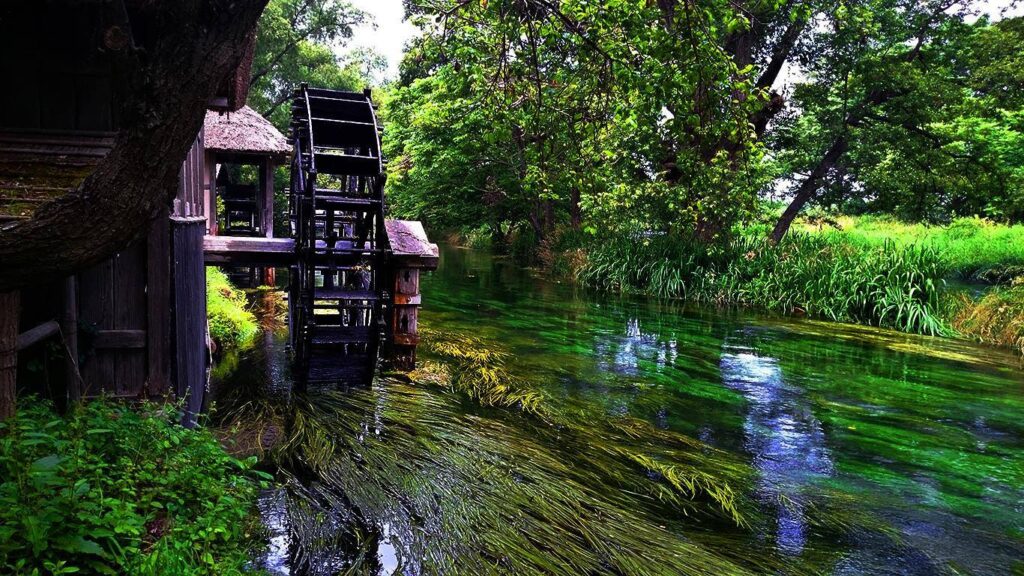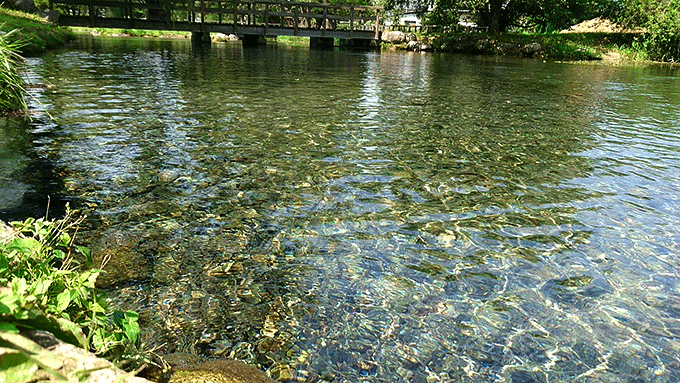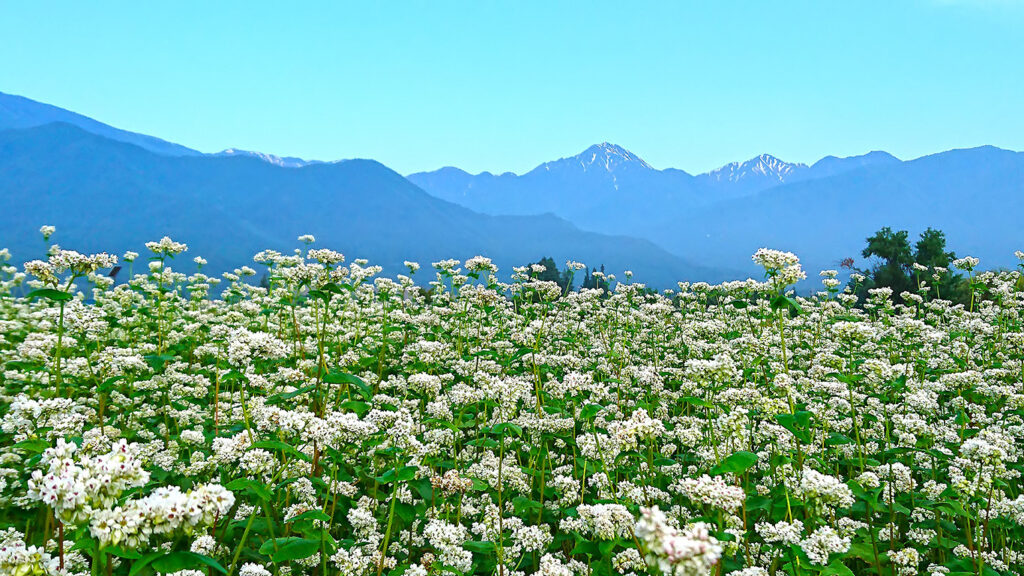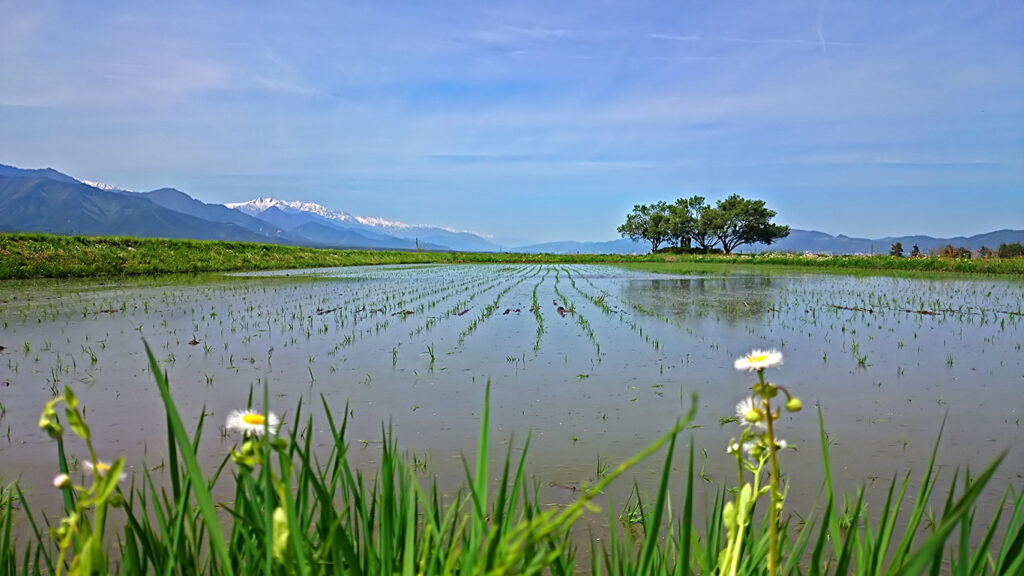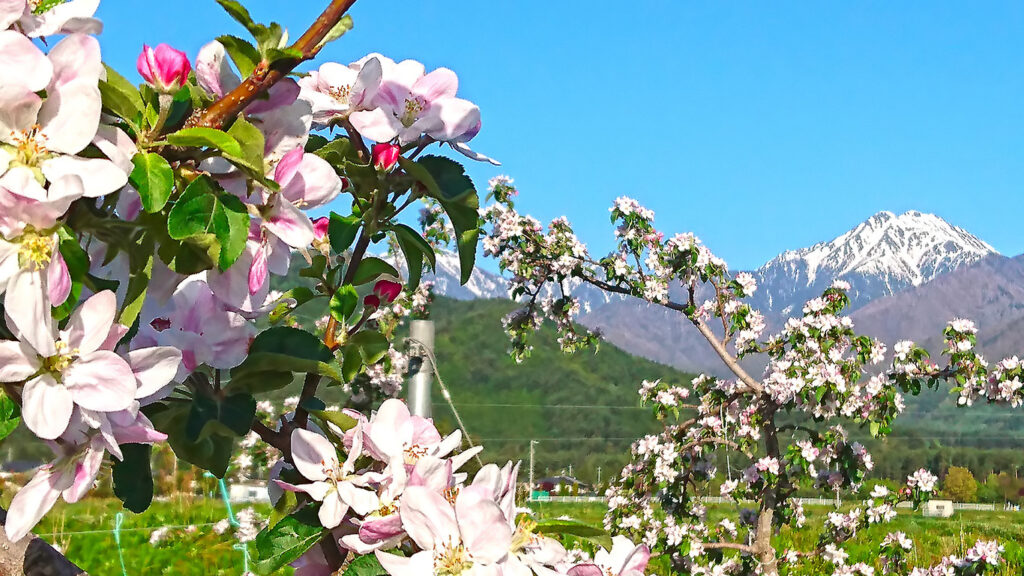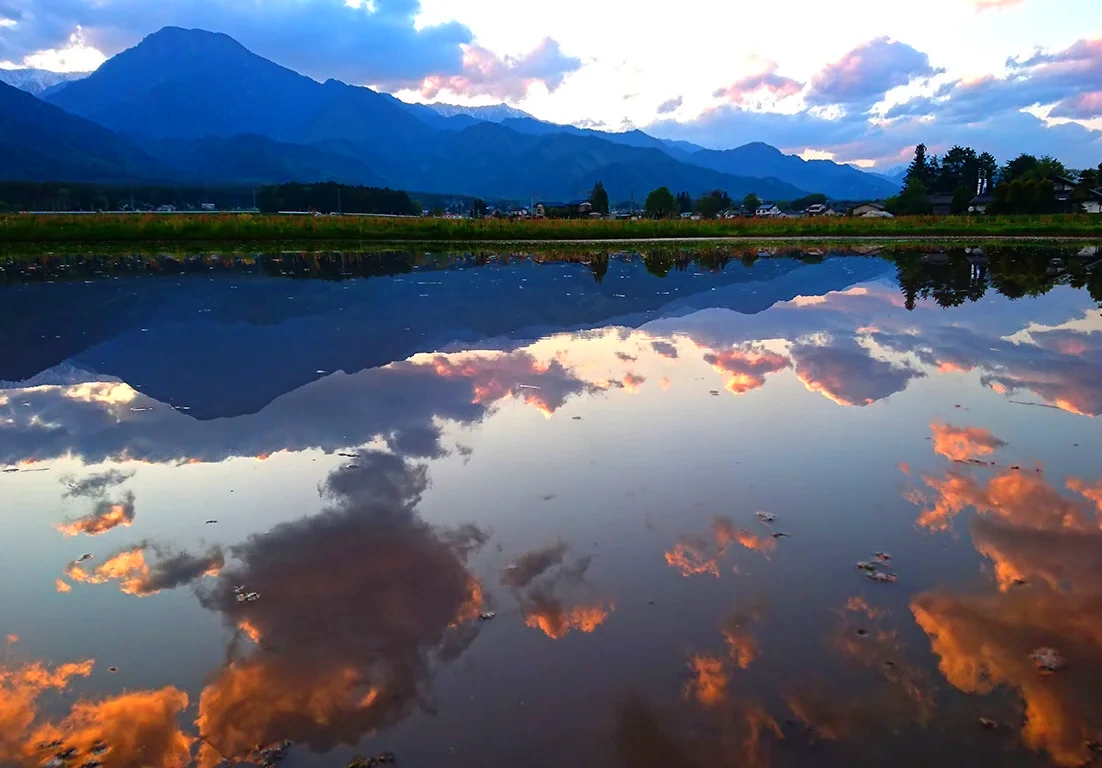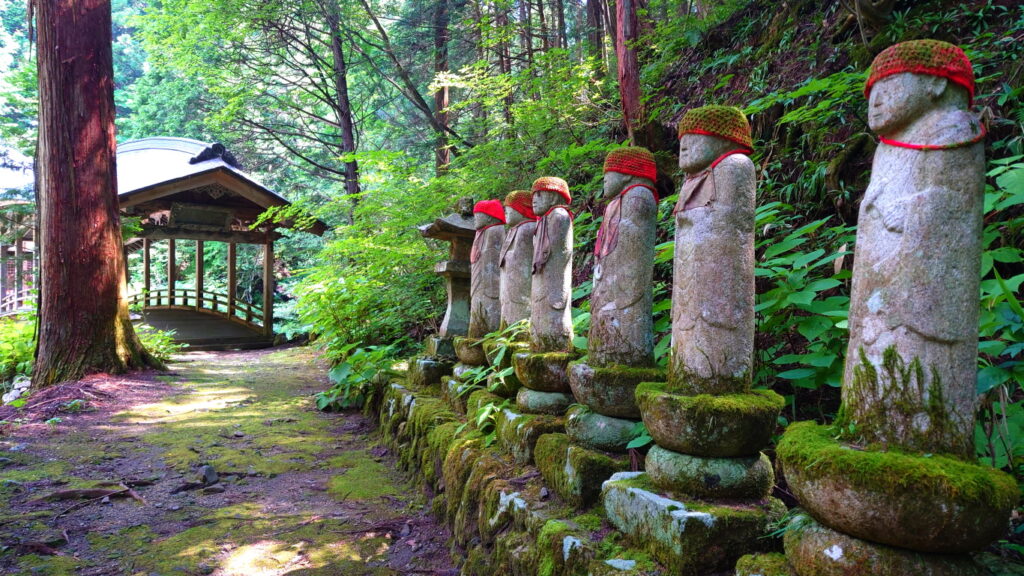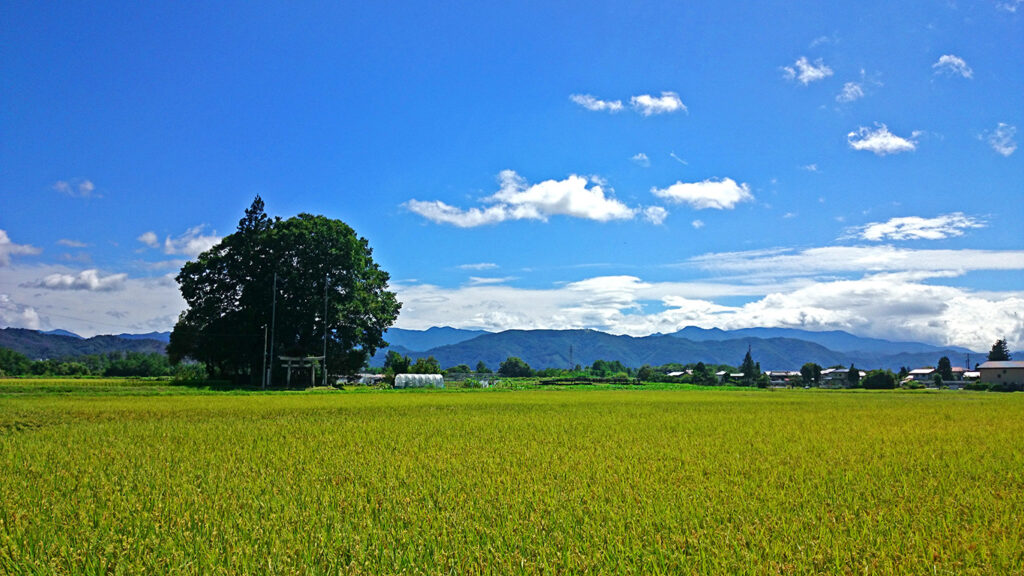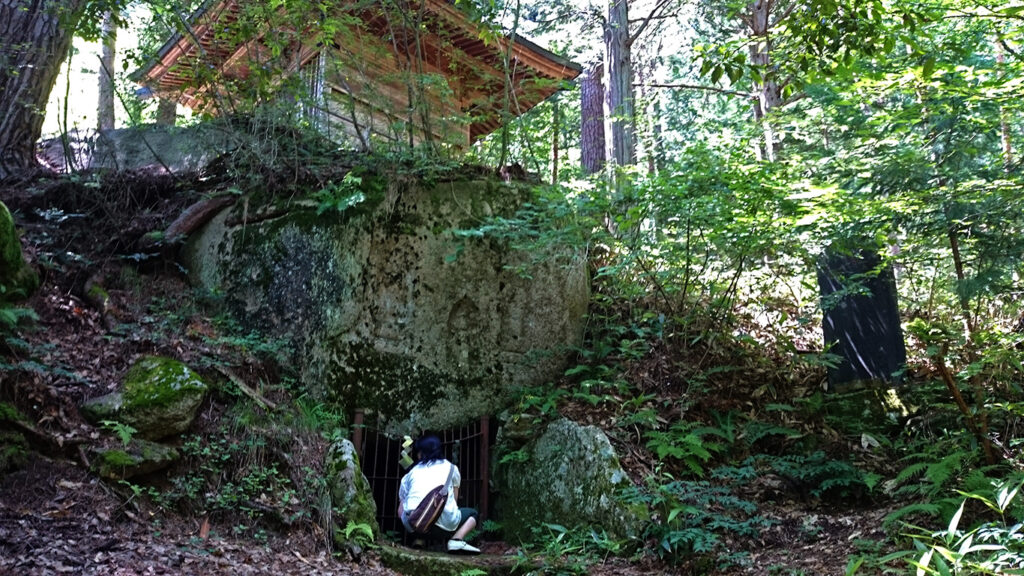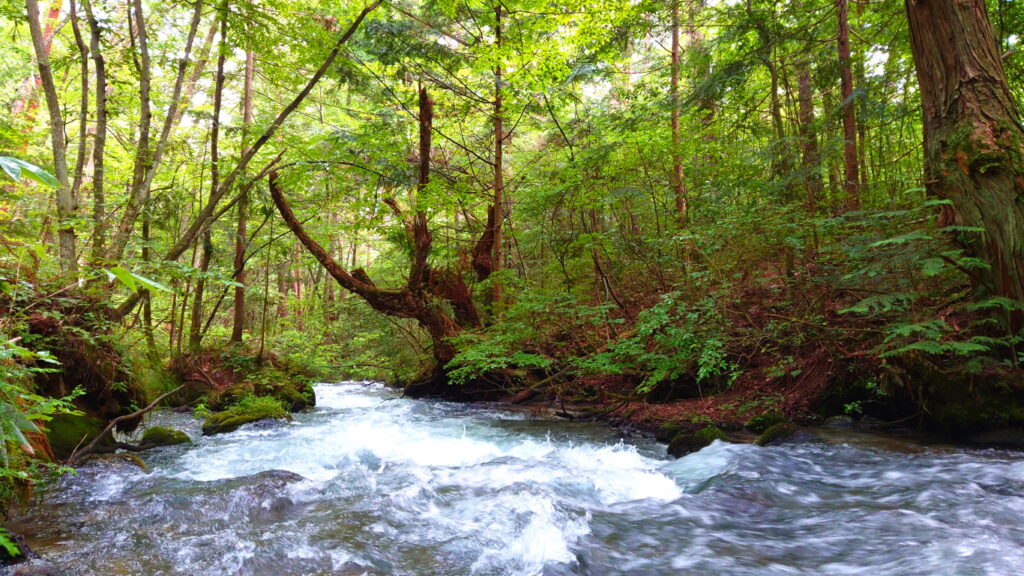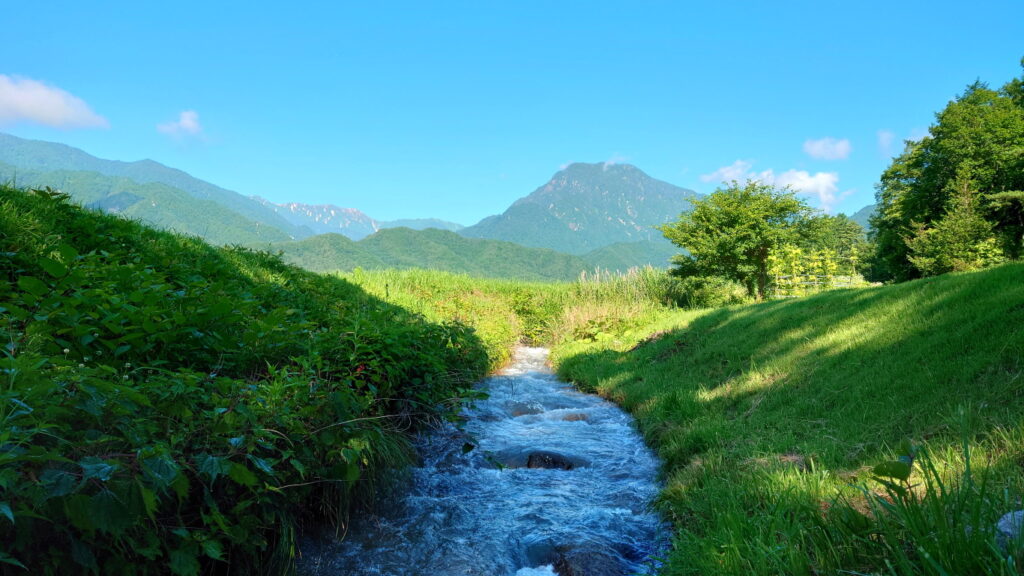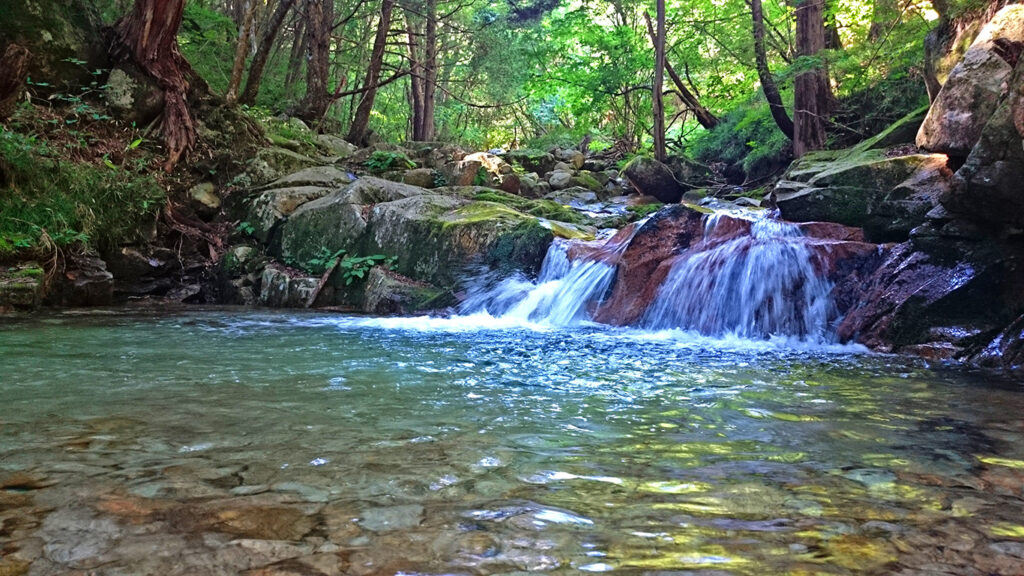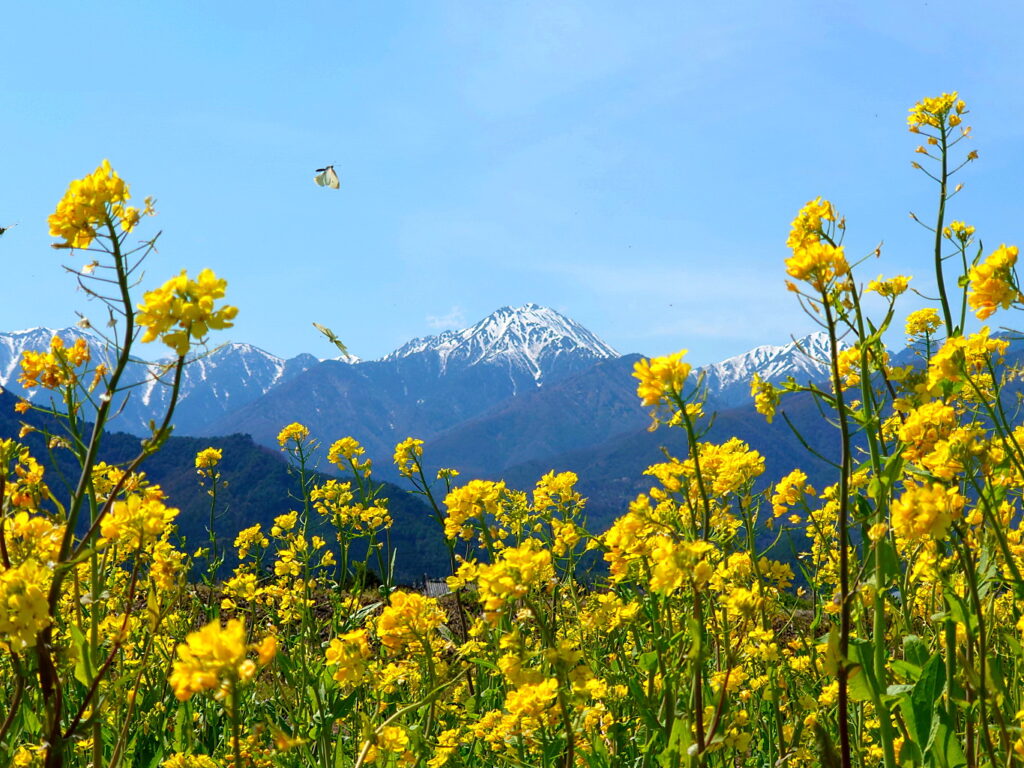Azumino Guide
We will guide you through scenic spots, ancient history and nature, in a 120% satisfying tour!
日本語 English
Welcome to Azumino
A interesting adventure in Azumino
Azumino is a very attractive region with beautiful nature, gentle rural scenery, and a history full of ancient romanticism.
shin MIC's Azumino tours are designed to meet your interest and provide a learning experience. This is why many customers return multiple times. We are confident that we can provide a tour with 120% satisfaction, consider visiting Azumino with us!
Enjoy Azumino's Clear Waters
Azumino is an area appreciated for its clear waters.
Even the water in the irrigation channels that flow everywhere is clear and beautiful. Not only spring water, but also the water that flows down from the mountains is clean. We will introduce you to some beautiful spots so that you can enjoy the beauty of these waters.
Azumino looks completely different depending on the season and time of day. An ordinary roadside scene can sometimes turn into a spectacular sight. For those who like to take landscape photos, we will introduce you to the best photo spots and angles for each season. Why not try capturing Azumino's beautiful scenery on your camera?
Legends, mysteries and ancient history
In Azumino the names of places and the ruins are filled with traces of ancient legends. The name Azumino itself comes from the sea. It is interesting that, despite being a mountainous region, it has maritime culture at its base. The story begins at Hotaka Shrine and spreads from the Yamato Kingdom to East Asia at whole. Starting from Hotaka Shrine, we will guide you through the places where such legends are set while also unraveling Japanese mythology.
People and stories
We will visit the places associated with the famous historical characters of Azumino while telling their stories, including the grand story of the Somas who founded Shinjuku Nakamuraya, the story of the Somas and Ogiwara Rokuzan, known as the Rodin of the Orient, the story of Pilot Iinuma, known worldwide as the Lindbergh of the Orient, and the story of Lieutenant Uehara Ryoji, which is included at the beginning of "Voices from the Sea -Letters and Diaries of Japanese Students Killed in the War- ".
By the way, the photo below is in front of the Pilot Iinuma Memorial Museum. There may be no other place where you can see the Union Jack, the Hinomaru flag, and the Asahi Shimbun company flag all flying side by side.
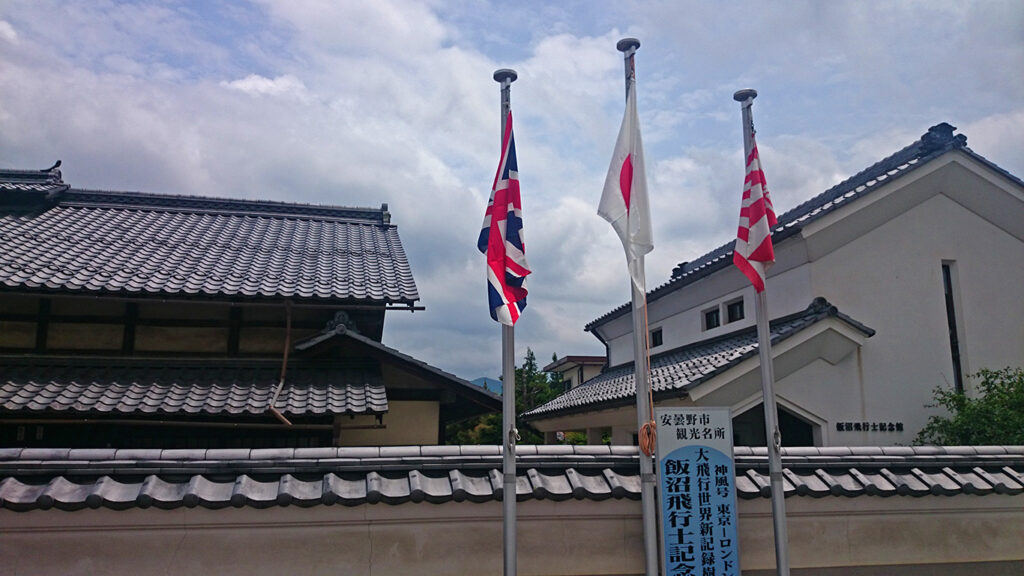
Dosojin and stone monument
Azumino is famous for its many Dosojin statues. Most of the Dosojin statues in Azumino are paired with a man and a woman. Some are precious, such as the kissing Dosojin statue in the Akeshina Ikezakura area, which was exhibited at the Paris Rubbings Exhibition. If you wish, we can also guide you to such Dosojin statues.
The photo below shows not only Dosojin statues, but also various stone monuments lined up, and there are many such places all over the area. In fact, these are all different in terms of religion, and different stone monuments are installed in different places. It's fun to understand the meaning of the stone monuments, as it makes you feel like you're understanding the history of prayer in each area.
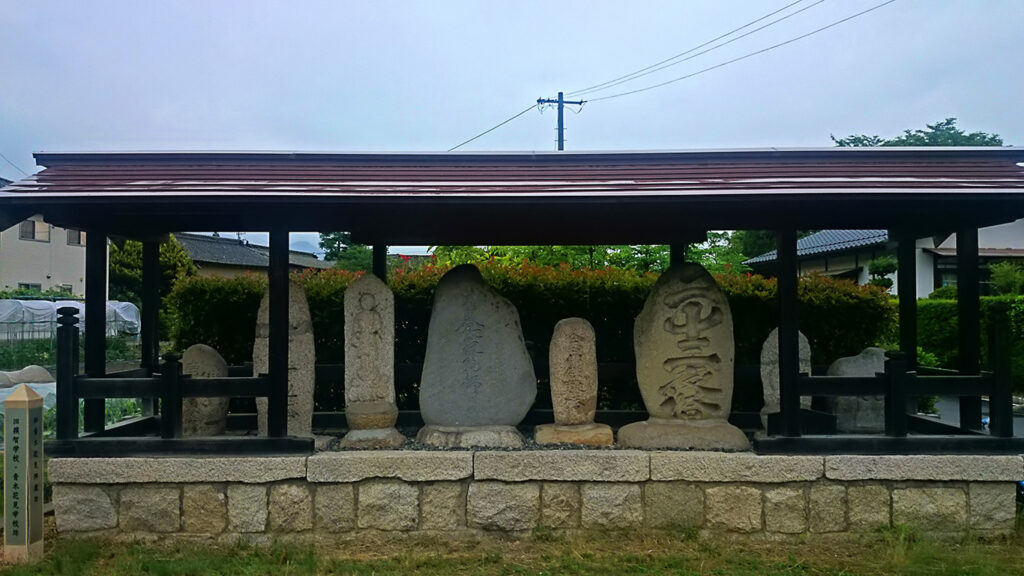
Tade River
The photo shows the Tade River flowing into the water next to the watermill at Daio Wasabi Farm. There is quite a lot of water, but the source is probably only about 1 kilometre away. Water springs up all over Azumino, and many rivers begin suddenly on flat land.
We explain how this works while showing visitors how water springs up and the rivers begin. You will be amazed.
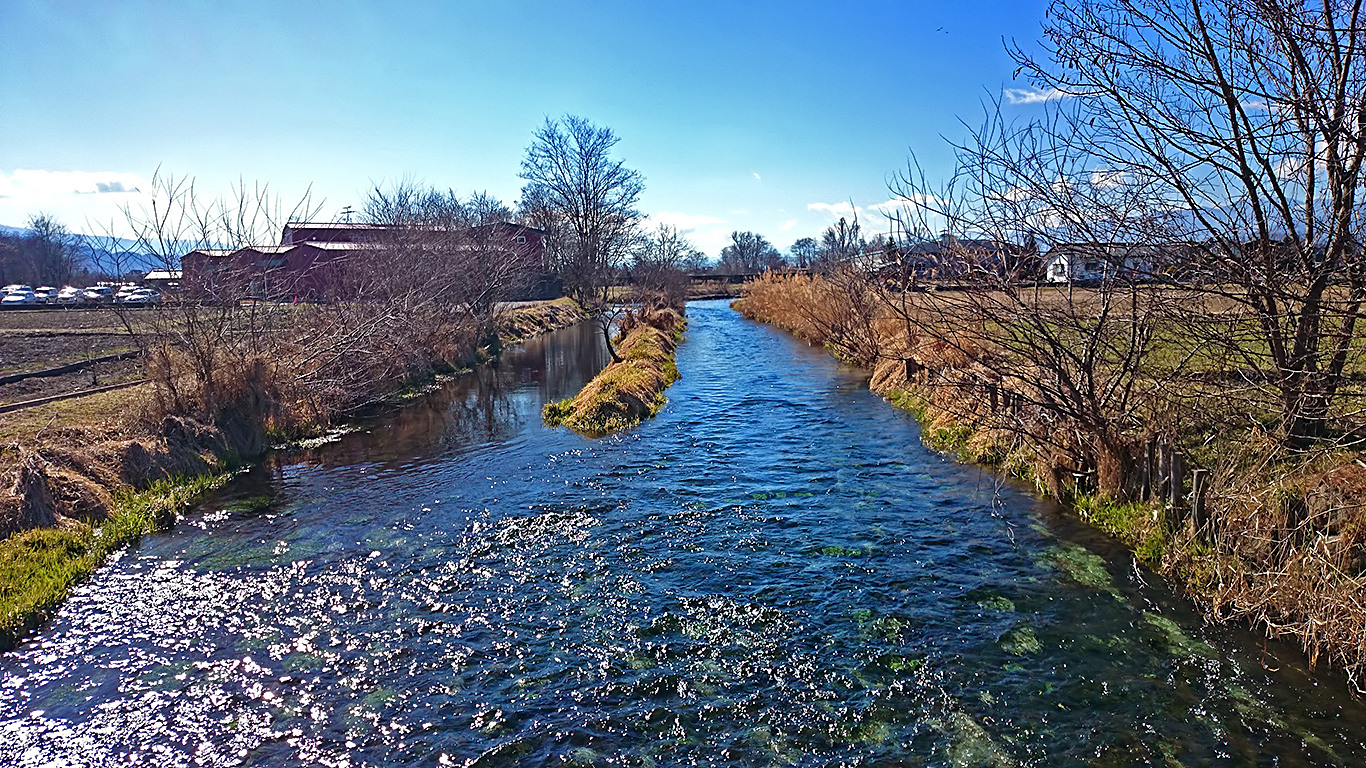
Azumino is one of the foggiest areas in Japan.
Azumino is one of the foggiest areas in Japan, so if it's cloudy in the morning it's just because the fog is hanging thickly, so if you drive a little further, you can easily enjoy the sea of clouds as shown in the photo. This is only available seasonally from October to early December, but we will guide you through the sea of clouds while explaining how fog in Azumino works.
Even when there is no sea of clouds, you will be surprised the moment the scenery catches your eye at this location!
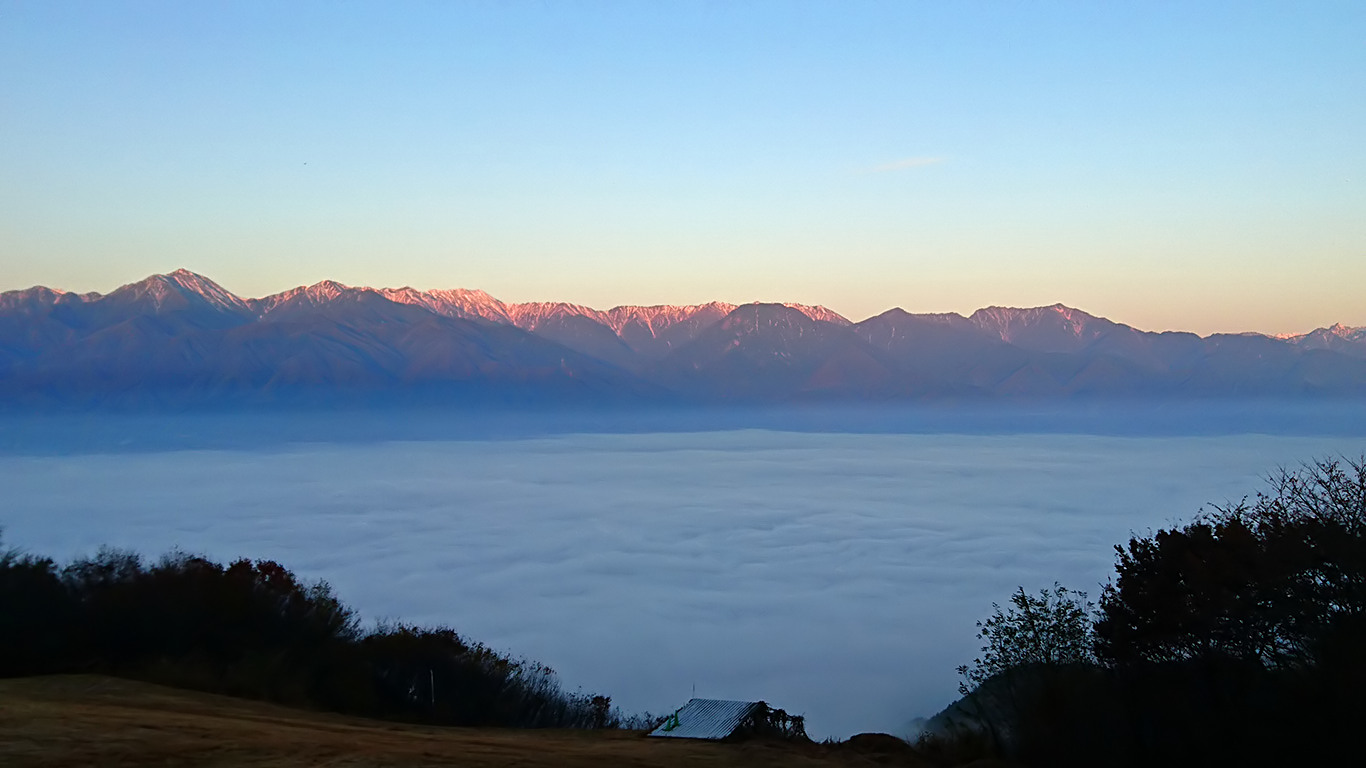
Fiber Diamond Tensan
Tensan is a species of silkworm moth to Japan that produces silk of higher quality than silkworms. Currently, the only place in the country that can be called a Tensan production area is the Hodaka Ariake region.
We visit the Tensan Center, learning about the differences between domesticated and wild silkworms, as well as detailed information about their ecology and history. This is also well-received, as many people are learning about Tensan for the first time.
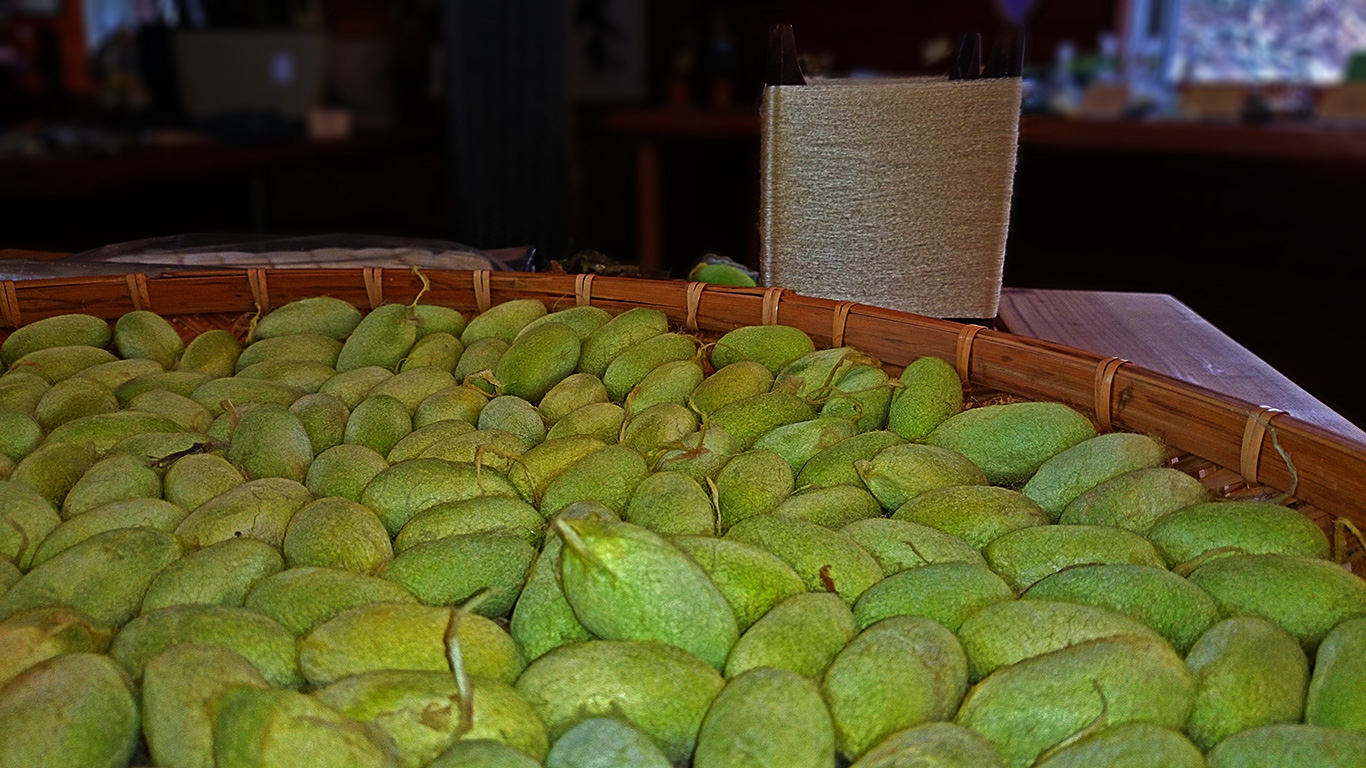
Explanation of Azumino's plants
During the tour, various plants catch your eye. From among these, we select those that are edible, have medicinal properties, or have a unique ecology, and explain each one in detail. The photo shows a plant called 'Tougeshiba', which has recently been attracting attention for its role in the development of a preventive drug for dementia.
Of course, we don't just talk about weeds, we also explain about the crops in the fields. For example, if it's wheat season, we let the visitors see for themselves the differences between wheat, barley, and rye. This is also very well received by our visitors.
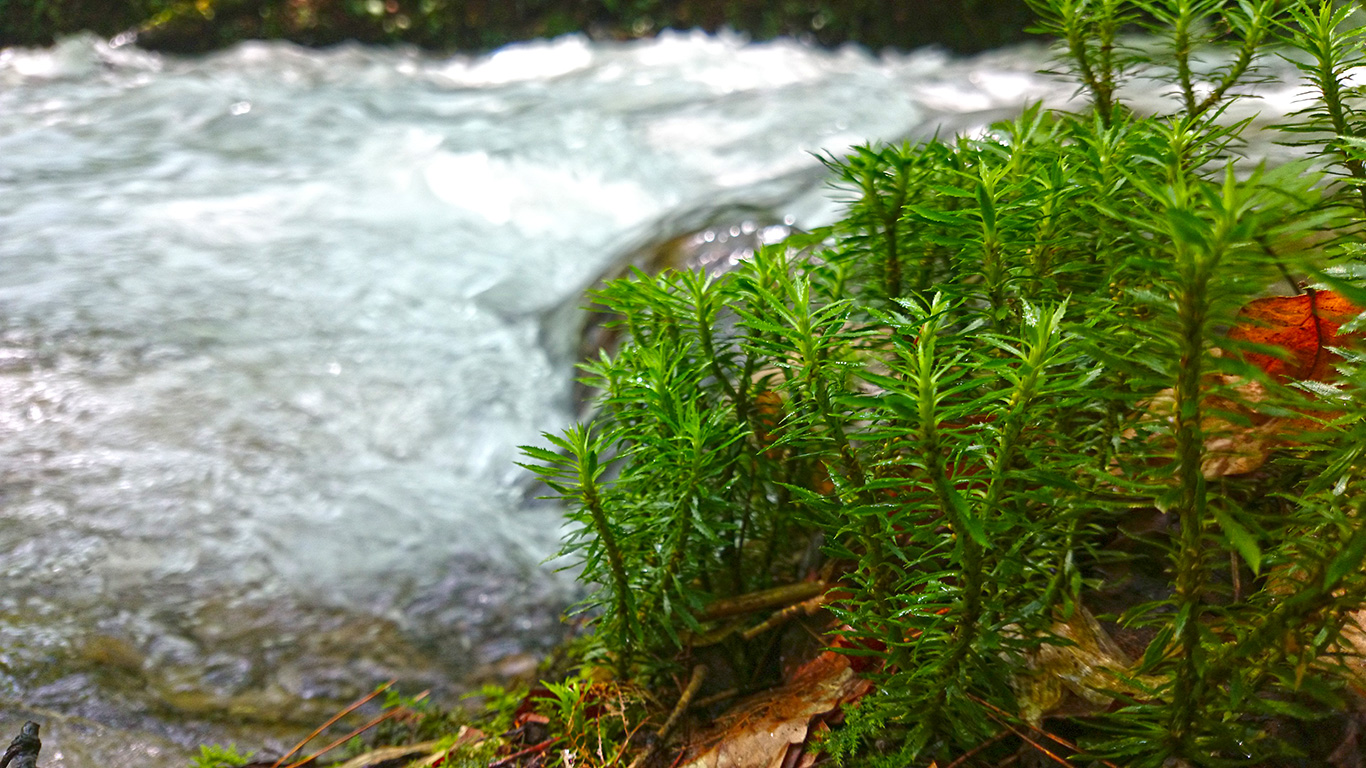
Fees and System
- We will be using our own vehicle to guide you, so we will limit groups to 5 people. If you have more than 6 people, please contact us in advance.
- The tour will take approximately 3 to 4 hours.
- Guests staying overnight in Hotaka will be picked up at their accommodation. All other guests will meet at Hotaka Station or Daio Wasabi Farm.
- The fee is 12,500 yen (tax included) per person, but if you are participating alone, the fee will be 25,000 yen (tax included).
We look forward to meeting you all.
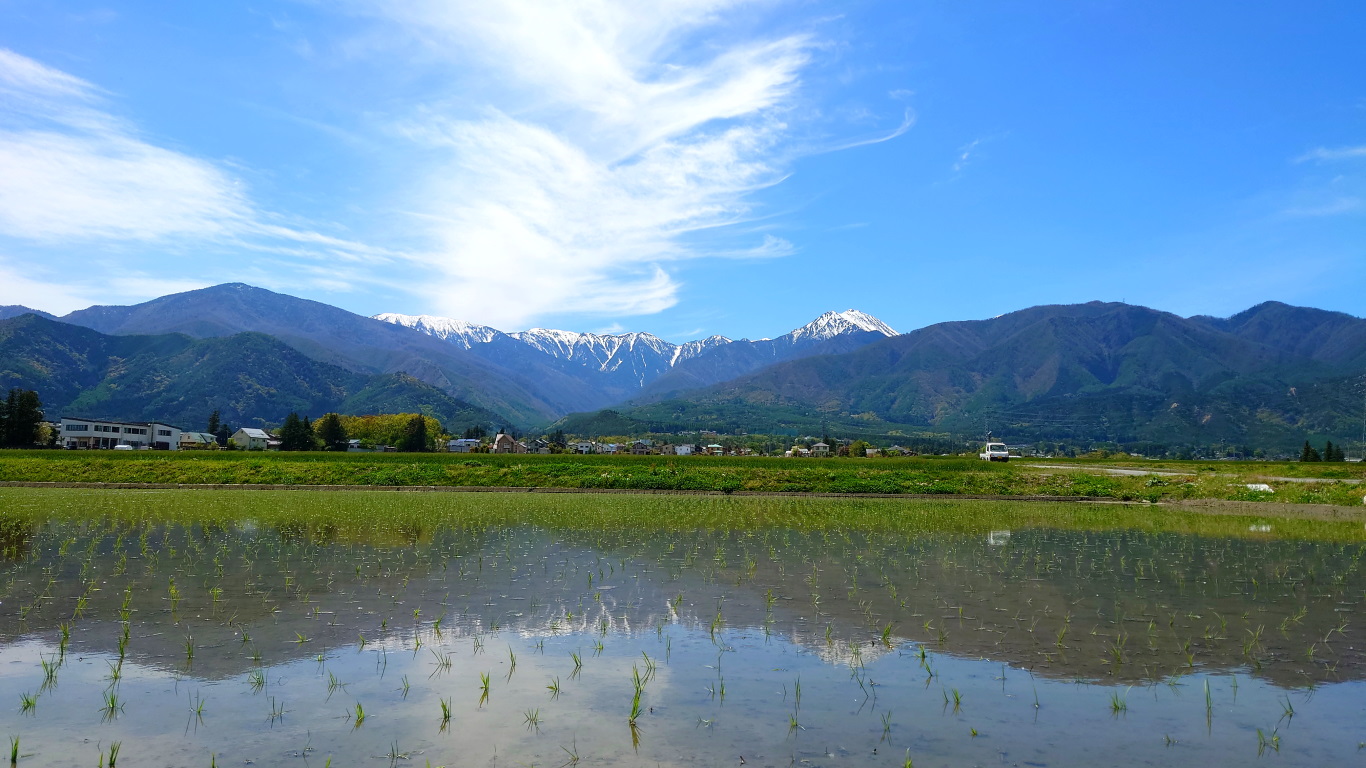
Please feel free to contact us!(^^)
Please let us know if you have any preferences, such as photo spots, history, nature, etc.

